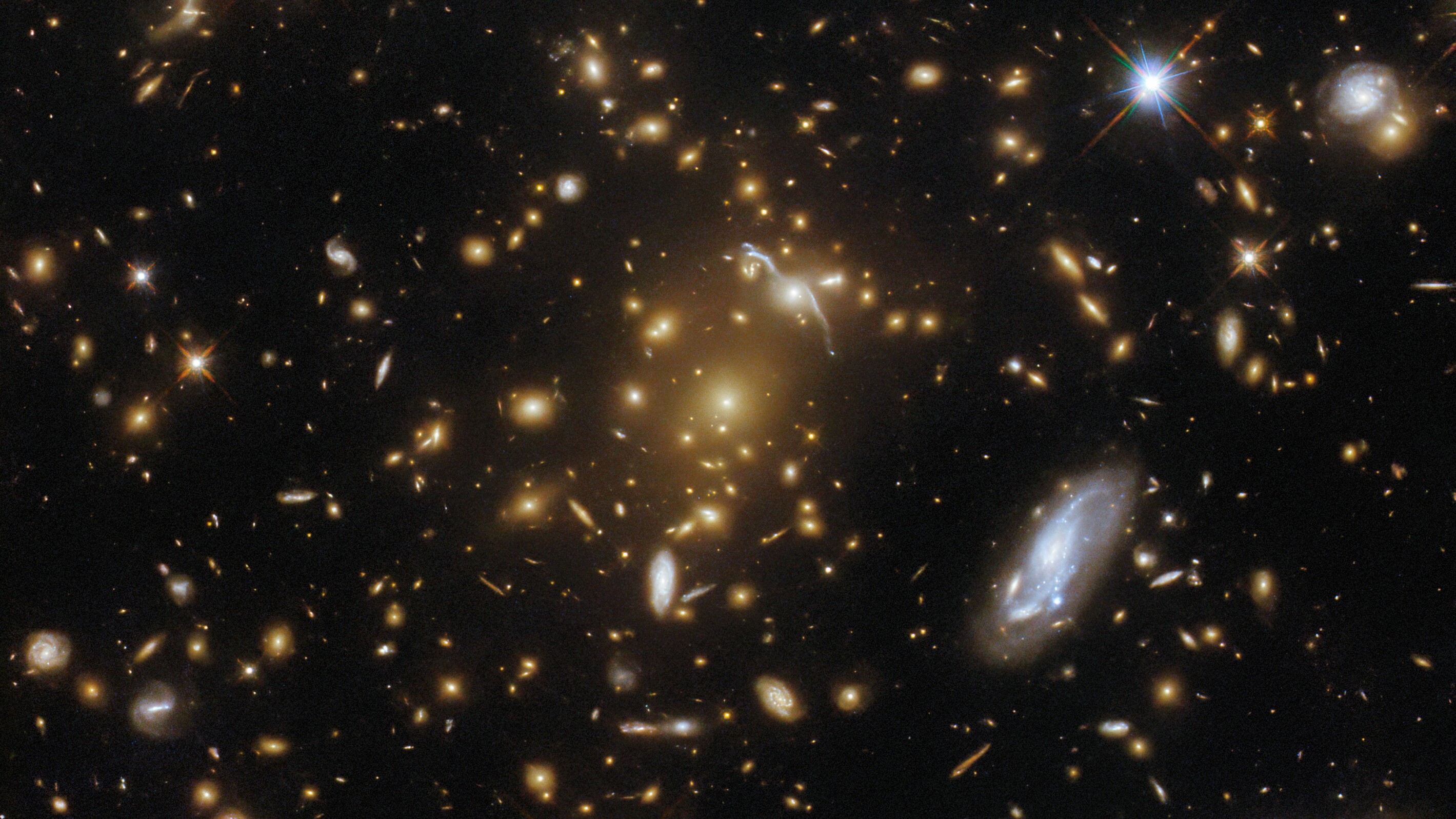
Space is famously considered the "final frontier" — but what part of space are we even talking about? Space, outer space and deep space are used somewhat interchangeably in many contexts, but astronomers have come up with clear distinctions between them. So, what's the difference between them?
The term outer space refers to anything beyond Earth, even things very close to home in low-Earth orbit, which begins as low as 100 miles (160 kilometers) above the planet. Deep space, on the other hand, starts a bit further out: It's often considered to be anything further away from Earth than our moon and can refer to things beyond our solar system entirely. Turns out, the actual final frontier is deep space. (The term "space," meanwhile, is a catch-all that encompasses both outer space and deep space.)
Related: Will Earth ever lose its moon?
Although the term space was used to refer to places beyond Earth as early as 1667, in John Milton's Paradise Lost, outer space didn't enter our language until the mid-1800s when it was used in an astronomical paper, according to Merriam-Webster.com. Prolific science fiction writer H.G. Wells helped popularize the term outer space in a 1901 novel. A few decades later, another sci-fi writer, E.E. Smith, coined the term "deep space" in his 1934 novel Triplanetary, according to Oxford Reference.
Naturally, outer space exploration came before deep space exploration, as humans had to take baby steps beyond our protective atmosphere to start. In the late 1950s, scientists drew an invisible line, known as the Kármán line, where they determined that Earth ends and outer space begins, around 50 to 60 miles (80 to 100 km) above the planet's surface.
There's no clear change that magically happens at this altitude. Instead, the line comes from a calculation by engineer Theodore von Kármán that indicates the altitude where an aircraft must fly so fast to travel through the atmosphere that it technically enters orbit. Since a milestone rocket launch in 1949, humanity has been sending things past the Kármán line to outer space and into orbit around Earth.
It took us only a short while longer to get to the moon — a Russian spacecraft hit the moon in 1959 — and soon after, humans began sending probes past the moon into deep space, exploring the other planets of the solar system. Now, there have been more than 200 missions launched beyond the moon, and there are tens of thousands of human-made bits orbiting Earth closer to home. Voyager 1, a probe launched by NASA in the 1970s, is the furthest humans have reached into deep space, traveling out of our solar system and currently floating more than 14 billion miles (22.5 billion km) from Earth, according to NASA. That puts Voyager 1 in a whole new category of space: "interstellar space," or the space between star systems.
Why do these terms matter? For one, it helps keep track of things. NASA has an entire communications setup to check in with all our deep space missions, appropriately named the Deep Space Network (DSN). Three large radio antennas spread across the globe send and receive signals to all the probes and satellites beyond the moon. Recently, the DSN had to determine if one mission counted as "deep space" and therefore fell under its jurisdiction: the James Webb Space Telescope (JWST). Astronomers decided that JWST is, in fact, in deep space, as it orbits 1 million miles (1.6 million km) away — much further than the moon's measly 300,000 miles (482,000 km).







